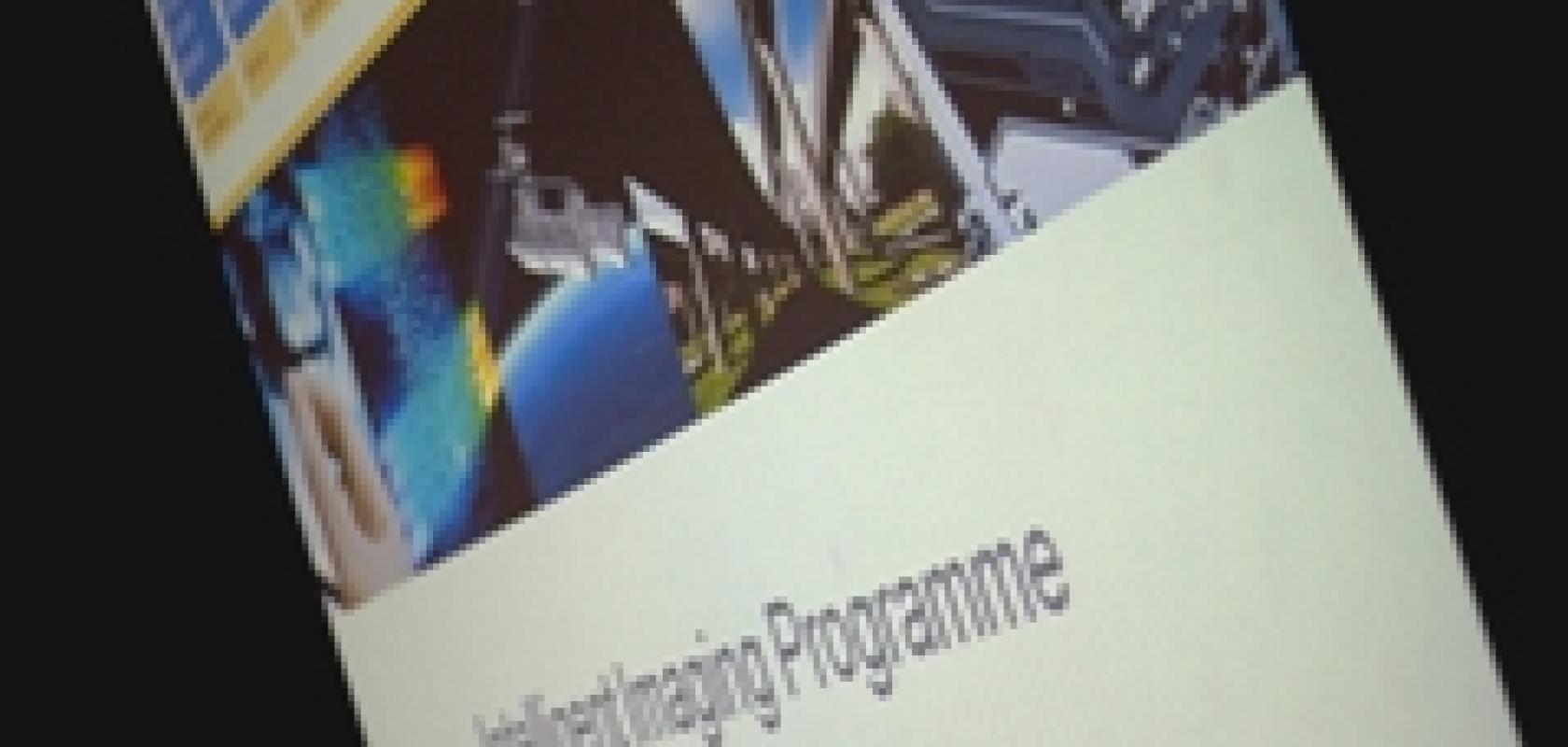The Imaging Special Interest Group (SIG) has been launched as part of the Intelligent Imaging Programme event, held 3 February in London. The group has been established jointly by the Sensors and Instrumentation KTN and the Photonics and Plastic Electronics KTN with the aim to provide support for the imaging community in the UK.
In his introductory presentation, Dr Simon Aliwell of the Sensors and Instrumentation KTN and head of the Imaging SIG, said that the group is there to ensure there is a 'joined up picture of support to the imaging community' through connecting the group to other networks and relevant organisations. This is ahead of the merger of the two above mentioned KTNs with the Electronics KTN to form the overarching Electronics, Sensors and Photonics KTN at the end of June 2010. 'There will continue to be many of the same faces delivering many of the same types of activity but it will be a bit more joined up,' Aliwell commented about the merger and the resulting umbrella KTN, which will organise itself more by common themes running through all three underlying KTNs.
One theme running through the seminars presented during the event was one of scaling the massive amounts of data that can be generated through imaging techniques into that which can be used in the real world. In his presentation, Dr Julian Morris, deputy chairman of Oxford Metrics Group (OMG), quoted Lt. Gen. David Deptula, US Air Force deputy chief of staff for intelligence, surveillance and reconnaissance, who felt that, relating to imaging, the military could soon be 'swimming in sensors and drowning in data'.
OMG is a supplier of motion capture technology, whereby movement is recorded and translated into a digital model. Its subsidiary, 2D3, develops surveillance equipment for the Ministry of Defence and one of its projects is combining thermal imagery from UAVs with other metadata to add intelligence to the image. Similar technology has been employed by 2D3's sister company, Yotta, for surveying projects, in which images of roads are used to create a digital model of an area mapping landmarks such as streetlights for highways agencies.
As part of his presentation, Dr Chris Slinger, senior fellow at QinetiQ Malvern, outlined a project QinetiQ was conducting for DARPA, the R&D office for the US Department of Defense, called Large-Area Coverage Optical Search-while-Track and Engage (LACOSTE). The problem DARPA presented QinetiQ with was detection and tracking of moving vehicles in dense urban areas – continuously tracking more than 10,000 vehicles over an area of 500km2. Slinger noted that this would be impossible to engineer using conventional optics and so QinetiQ looked at alternatives, namely adaptive coded aperture imaging (ACAI). The imaging technique doesn't use optics, but uses a mask to project a number of different images through separate apertures (similar in principle to a pinhole camera) onto a detector array. Computational algorithms are then used to reconstruct the original image. The technique provides a lightweight solution, an infinite depth of field, so no focusing is required, negligible aberrations, and is adaptable through differing decoding algorithms.
A number of ongoing surveillance projects at the Digital Imaging Research Centre (DIRC) at Kingston University were detailed by Dr James Orwell, including developing imaging algorithms to track individuals and vehicles from CCTV footage – one project, sponsored by Transport for London, is aimed at classifying vehicles from CCTV images for bus lane monitoring and detecting other incidents. Dr Richard Bowen of the University of Surrey is carrying out work on video mining for applications such as people tracking and automatic lip or speech reading from video footage.
Other presentations included those from Dr Harry Hatzakis, CEO of Biotronics3D, on developing 3D computer models for doctors, such as a virtual colonoscopy, and Andrew Anstee, sensor and systems innovation manager at Infoterra, on geospatial surveying. Dr Nick Appleyard of the Technology Strategy Board also presented on the government opportunities available in different areas for UK imaging companies.
The event concluded with a panel discussion, made up of company and other organisation representatives. Dr Bowden of the University of Surrey pinpointed scaling the amounts of data generated to a degree where it can be used in the real world as one of the challenges facing imaging technology, while Don Braggins, technical consultant to the UK Industrial Vision Association (UKIVA), said that the difficulty of recruiting staff from academia who had had relevant training was one challenge facing the industry. Braggins also commented that an area showing potential for the imaging industry is automating surveillance, as there's now a technology available allowing analogue cameras to be upgraded to digital using existing coaxial cabling.


